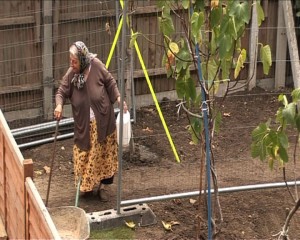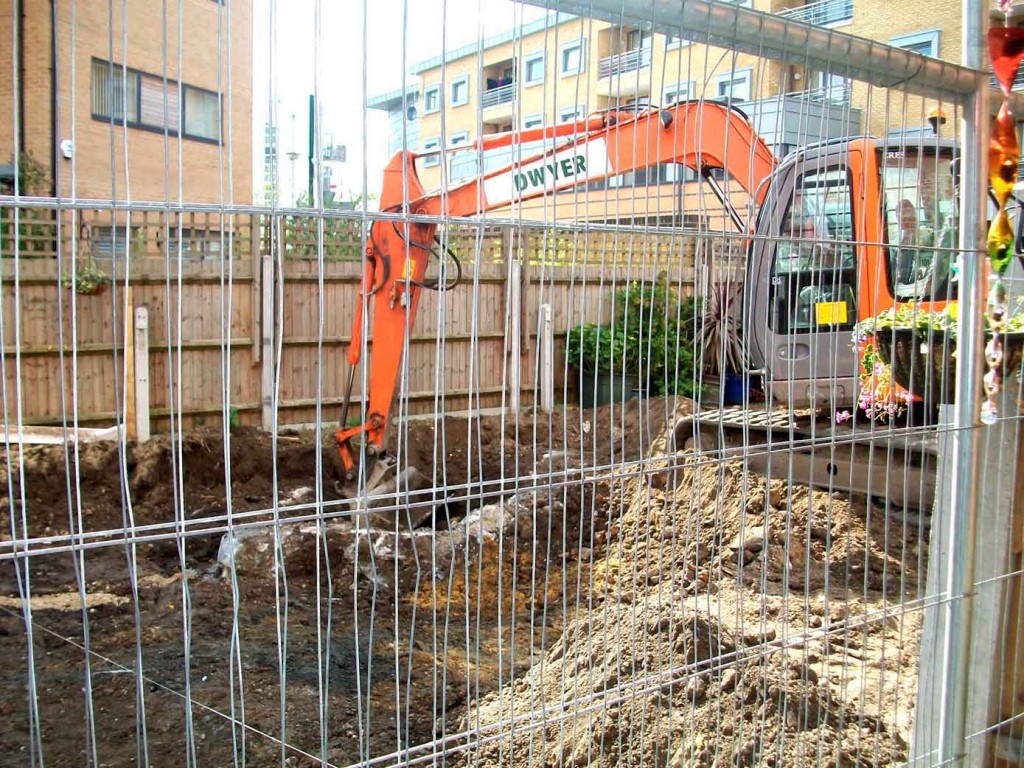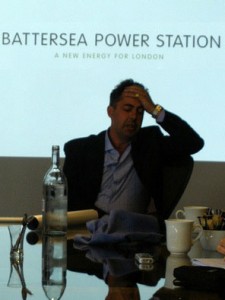Lord Coe launched London organising committee’s Olympic volunteering programme yesterday. Since the previous blog post on the matter, the 70,000 McDonald’s trained Olympic volunteers have risen up to 78,000, as Boris Johnson embarks on his quest to search for an additional 8,000 to act as “the face of the capital” for visitors. Coe claims the 2012 Olympics to be the “biggest thing happening in his lifetime”, stating that everyone should attempt to be a part of it in one way or another. To attract candidates, Coe declares: “If you don’t volunteer now, you won’t volunteer. Make sure you know how you’re going to be involved.” He stresses the importance of acquiring the “best of the best” volunteers, as they are the first thing Olympic visitors will see as they arrive at the Olympic Park.
The first person you see when you arrive at the Olympic Park is likely to be a volunteer [wearing a Mc Donald’s T-shirt], the first person you see on the Javelin Train is going to be a volunteer [wearing a Mc Donald’s T-shirt]. Seb Coe.
Inevitably, it wont just be the volunteers’ faces the visitors will be greeted with- the volunteers will, of course, be wearing the famous McDonald’s t-shirts, providing the company with an easy way of free advertising. The question is, what do the volunteers get out of it (apart from carrying out the role of a McDonald’s advertising mascot)? They will first be going through 3 days of training, followed by 10 full days of work during the Olympics/Paralympics. Surely this grants them a ticket to the actual games? No. Or, at least, a so called “non-event” ticket allowing access to the Olympic Park without actually seeing the games? No. Instead, the volunteers receive meal vouchers (McDonald’s, of course), and free public transport on working days. This applies to general volunteers, as well as those with special skills, such as medics. Is a free lunch and a bus ticket really a fair method of payment, McDonald’s? This is starting to look more and more like 78,000 unpaid “McJobs”. Where are the promised jobs?
The medics might be volunteers but at least you know the burger flippers are paid professionals.
Click London Olympics for more blogs
See our Olympics project pages for more information and videos.
Or visit PlanA our general blog on urbanism, planning and architecture.
Spectacle homepage
Befriend Spectacle.Docs on Facebook
Follow SpectacleMedia on Twitter









